This post is a part of Made @ HubSpot, an internal thought leadership series through which we extract lessons from experiments conducted by our very own HubSpotters.
How do customers discover new products nowadays? Despite there being many ways of becoming aware of a product, there is a simple route to considering it for purchase.
If you’re like me, you do it every time you’re looking to buy or try something new:
You turn to your friends (and in many cases, Google) and ask, “What are the best X products?”
If you’re using Google, your query looks something like this:
- “Best form builder”
- “Best fitness tracker”
- “Best business scanner app”
- “Best restaurants in Dublin”
- “Best bars in Boston”
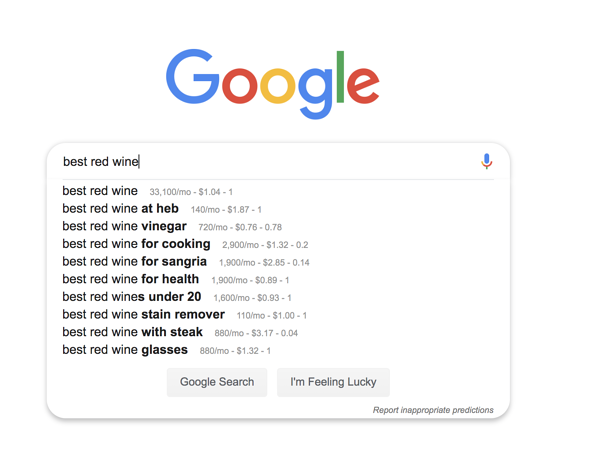
Although sometimes, you drop the qualifier (the “best” of) and simply search for a broad transactional category:
- “Marketing automation software”
- “Hotels in Tallinn”
- “Language learning apps”
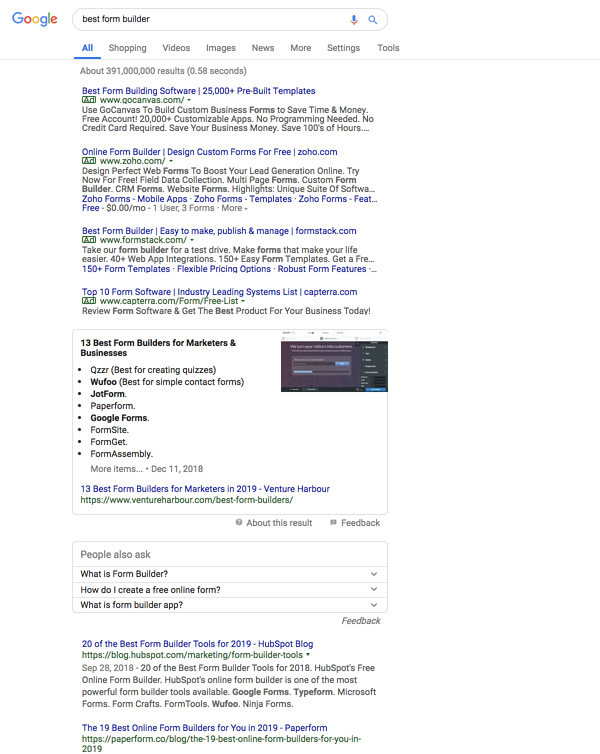
Sometimes, these exploratory keywords exist in relation to an existing solution:
- “Canva alternatives”
- “Mailchimp competitors”
- “Ahrefs vs SEMRush”
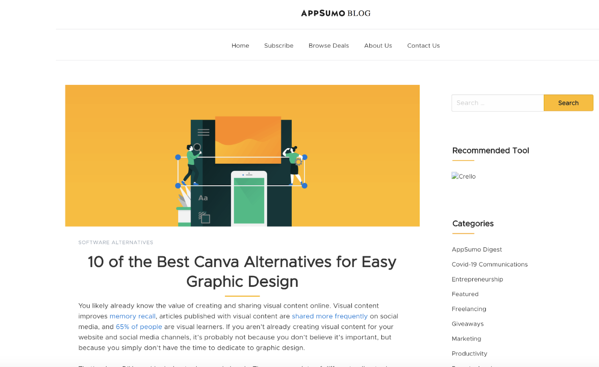
As marketers, we know search queries like these are important for two main reasons.
- The customer journey — the one we write about at HubSpot quite a bit — includes a Consideration stage, where customers attempt to educate themselves about the available solutions on the market, and perhaps the pros and cons of each.
- We have some good ol’ quantitative data about how much search volume these keywords get and what the estimated CPC is for bottom funnel search terms.
Take, for example, a term like “form builder.”

It has a high volume and high CPC. This means it’s both a high traffic and high intent keyword. That’s relatively rare but certainly a sweet spot.
Same goes for a term like “best red wine.” I Googled it and took the top ranking URL and put it into Ahrefs. Here’s the data:
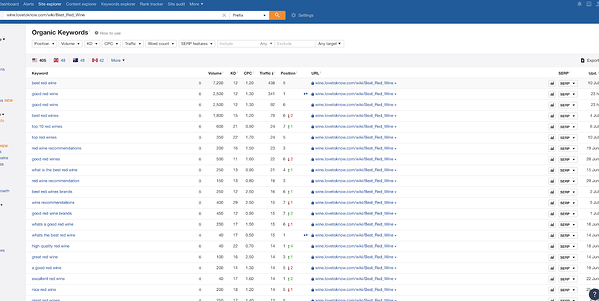
One can assume this blog post has a pretty solid ROI.
Without even looking at any data, you know how you can tell these keywords are high value? Just look at any website that monetizes via affiliate partnerships.
Examples like adamenfroy.com, ryrob.com and GrowthMarketingPro come to mind, where the majority of their content follows this format.
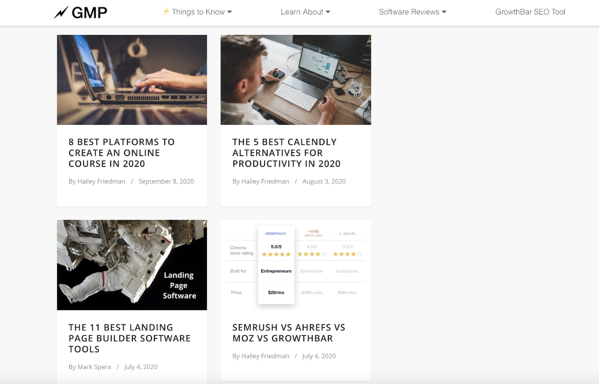
Now, I’m not breaking any news to marketers with more than a few years experience — of course it’s important to find business critical keywords like this. It’s important to build out product pages for decision-level keywords, architect a pillar and cluster content strategy, build some links, and try to rank for these terms.
What I am saying is that just ranking your page isn’t enough. Rather, you want to appear everywhere a customer is searching when they seek out products like yours. You want your brand to turn on surround sound.
How People Discover (and Buy) New Stuff
Imagine you’re at a proverbial cocktail party, and you want to know what your fellow companions have been reading lately. You ask the group, “What have you been reading? What should I read next?”

A few years ago, at least one person in the group would pipe up and say, “Sapiens. You have to read Sapiens.”
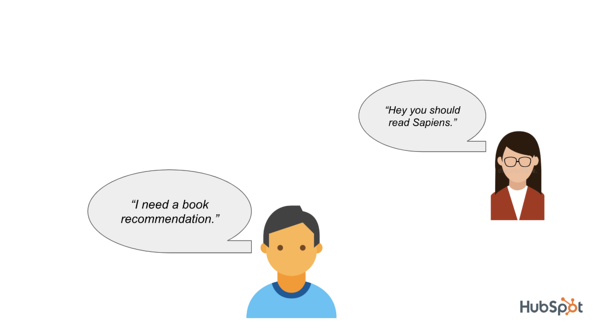
Now, if only one friend out of your whole group recommends that you read Sapiens, it’s probably not going to stand out above the noise (depending on how much you like your friend, I suppose). The book is now on your radar, but it’s no more or no less prominent than any other book you’ve heard about.
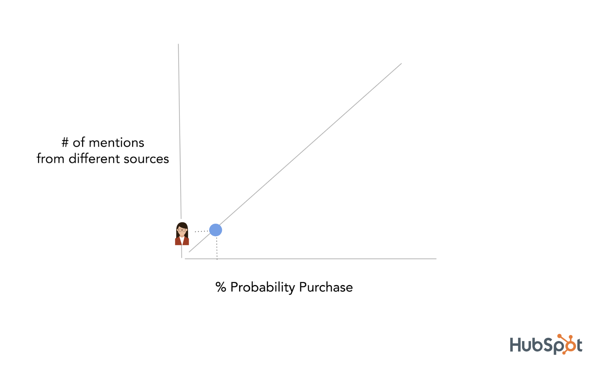
Now, imagine everybody else in the group suddenly chimes in and agrees, “Yes! You need to read Sapiens. Best book I’ve ever read.” It’d be like a chorus effect (one might even say a “surround sound” effect).

In this case, if you’re not at least a little bit curious about reading Sapiens, then you’re insane. It’s highly probable, if you respect your friends, trust their suggestions, and have the money to buy it, you’ll buy Sapiens and check it out.
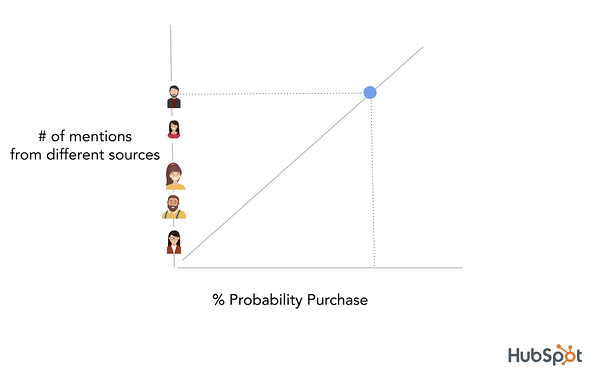
Our proverbial cocktail party represents a myriad of different influences in the real world. These include podcasts, newspaper articles, book bibliographies, and, yes, friend suggestions as well.
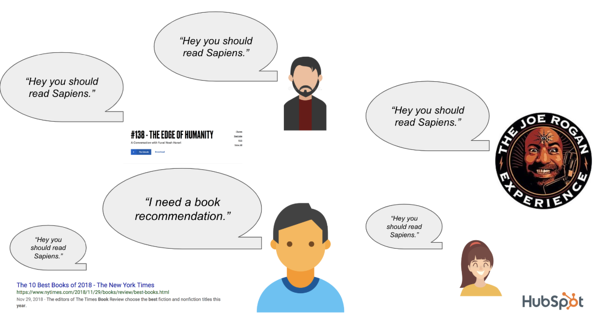
With this in mind, we can say that “Surround Sound” strategy means:
“The more frequently someone hears about your product from multiple sources, the more likely they are to buy your product.”
Note: I’m borrowing this idea from Tim Ferriss when he talks about product launches: “Especially on the first few days of your launch, you want people to see your project everywhere – on blogs, Facebook, Twitter…everywhere.”
This is not a new idea in marketing — get lots of people to talk about you favorably, preferably around the same time. In the next section, I’ll cover more of the theory from advertising as well as search on why this works (and how it can work for many different channels and companies).
I eventually bought Sapiens, by the way, because this CRO guru and fellow Austinite raved about it on Facebook and at happy hours enough times:

Think about the last book you read, TV series you watched, or new piece of consumer tech you purchased. I bet it followed a similar trajectory (recent examples that come to mind are Sapiens, Tiger King, Game of Thrones, and the Oura Ring — at least in the circles I run in.)
People Comparison Shop (and Frequency Matters)
We’ve walked through my anecdotal journey to purchasing and enjoying Sapiens. Now, here’s the data that backs this up on a broader spectrum.
First off, in advertising, it’s common wisdom that repetition is a variable by which you can predict the success of a campaign. Media buyers traditionally look at two things:
- Reach (who you are targeting)
- Frequency (how often they see/hear your ad)
As it turns out, frequency of messaging leads to higher levels of awareness and purchase intent. The more you hear or see an ad, the more likely it is to be effective.

Clearly there are nuances here; it’s not always the case that the effectiveness of a campaign increases linearly with each additional exposure (it’s almost never that case, actually). But it’s a good rule of thumb and a simple heuristic when thinking about capturing your target audience’s attention.
The other fact I want to point out is about comparison shopping. Anecdotally, you know you visit multiple websites before making a purchase. It’s absolutely unsurprising, then, that there’s data to back this up.
Research says that, on average, consumers visit three websites before making a purchase. The same study tells us that the more websites a consumer visits, the more money they are likely to spend.
Google is also putting out some cool research on the customer journey nowadays, and again, it’s unsurprising in its winding and comparative shape:
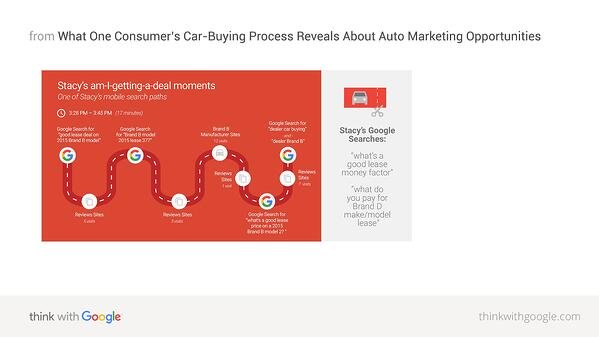
So, we’ve got three pieces of data:
- Product or service-related keywords with high traffic and high intent exist (at least for most categories)
- People view many different sites before they purchase or try a product
- The more frequently someone hears about a product from multiple sources, the more likely they are to buy it.
Put all of these together, and the thesis is quite clear: appear on all of the search results for one of these keywords.
The Surround Sound Strategy for Search Engine Optimization
If you’re selling a consumer product, like a book, maybe your potential customers read a few magazines and a few podcasts. You can easily find this data using Google Surveys (or analyzing your own personas’ preferences like I outlined here) and finding predictive clusters of different publications people consume.
When you find which publications people consume, you craft a plan of attack, and near your launch, you find a way to appear in all of them. This creates a surround sound effect.
The search keywords that correspond to HubSpot products tend to have pretty good search volume, and content marketing is a pretty big channel for us.
So the surround sound, for us, means that when someone searches a product-related keyword (e.g. “best help desk software” or “best live chat software”), they see this:
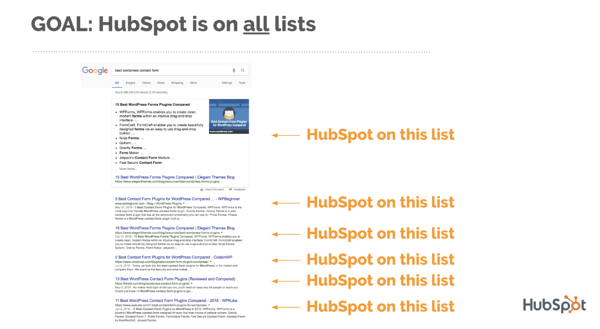
There are two reasons for this:
- We can capture more click-through rate and conversions for the same amount of search traffic.
- Being on multiple lists has second order conversion rate effects because comparison shoppers trust that we are a top solution. (This is the surround sound effect!)
For the first one, it’s a matter of what percentage of searchers click on the first, second, or third (or more) URLs on a given search engine results page (SERP). If we can appear on more of the results, we can get more traffic back to our product page, and we can convert more searchers into product users.
I’m not the only person to have noticed this cumulative effect of owning multiple search results. Nick Eubanks wrote about the “SERP Monopoly” strategy and explains that the more spots you can occupy on page #1 of a given SERP, the more clicks you get, the more traffic you get, and the more revenue you get:
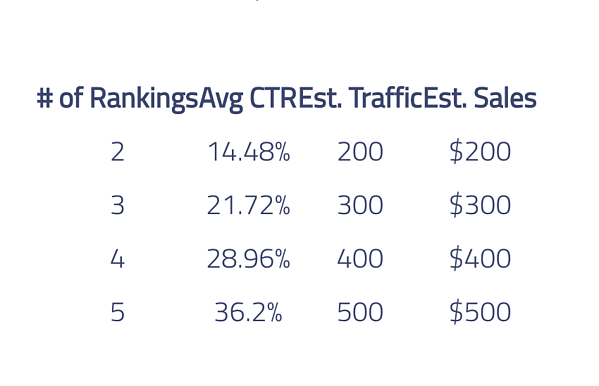
This means that, with each additional mention, we get a linear average increase in click-through rate to our site (which translates directly to portal signups, and thus, revenue). Keep in mind these numbers are averages, and if you have good brand recognition, titles, or meta description, you can increase your click-through rate from the SERP.
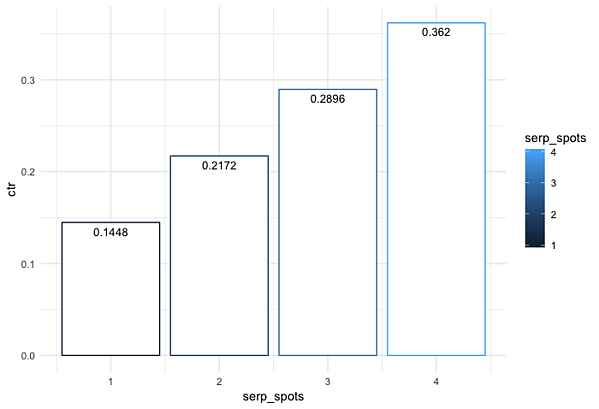
If the goal of appearing on all of the results doesn’t seem feasible or appealing, imagine the inverse: What if you appear on none of the results? You’re not in the conversation.
Appearing on one result is like one friend piping up and saying you should read Sapiens when you ask a group of people what to read next. Appearing on all results is like everyone in the group telling you to read Sapiens because it's the best book ever.
Qualitatively, SERP domination seems like a worthy goal.
How to Build Your Own Surround Sound Strategy
Follow this approach to create your own Surround Sound Strategy:
- Research your buyer’s journey.
- Map influential touchpoints.
- Find a way to appear on all of them.
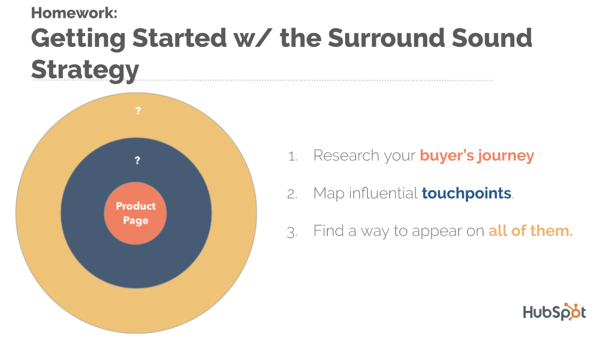
When I write it out in steps like that, it can seem a bit banal and perhaps vague. Research the buyer’s journey? How do you do that?
First, get to know your target customers and how they make purchasing decisions. Then, tactically figure out how to appear in those places (could be ads, could be SEO, PR, guest blogging, affiliate, influencer marketing, etc. — it all depends on the specific situation).
To illustrate this in action, in our case, we want to appear on all the URLs that rank for high intent product keywords (again, things like “form builder”). Virtually all of these SERPs have some combination of three page types:
- Product pages
- Listicles
- Review sites/forums
So, the playbook is to rank the product page (not easy to do, obviously), get mentioned on all the listicles that rank, and get featured (prominently) on all review sites.
It’s important to track this over time, as well. We always keep an eye on our SERP real estate (doing so through a cool tool we built in R and host via Shiny). We can pull any keyword and see how much of the SERP we occupy, and then we can see a table for which URLs rank and if we appear on that page:
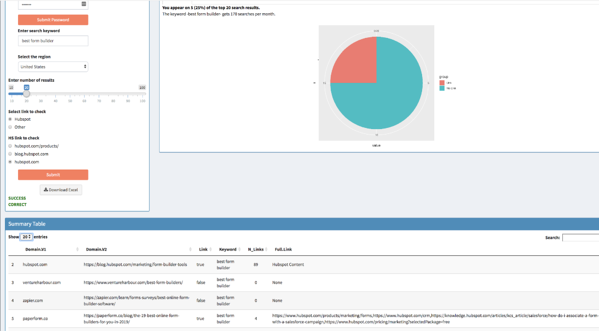
As you can see, the strategy is simple; the execution is where you break a sweat.
Note: Stay tuned for the follow-up blog post where we outline our execution and results.
Conclusion
The Surround Sound Strategy is a predictable and obvious play, given our parameters:
- We understand our customer and where they seek advice or influence on product purchase decisions
- We map out this customer journey and find the most influential and high impact touchpoints
- We seek to appear favorably in all of these places.
Where some of your marketing activities will fall into a more experimental bucket, the Surround Sound approach can be likened to the low volatility assets in a financial portfolio. Execute strongly, and the ROI will be stable and predictable throughout time.
This article walked through the theory of this strategy. Stay tuned for Parts 2 and 3 that will dive into our results as well as the technical details on how we built internal tools to help us accomplish these feats.





Recent Comments